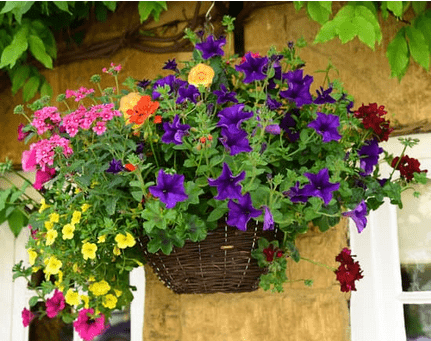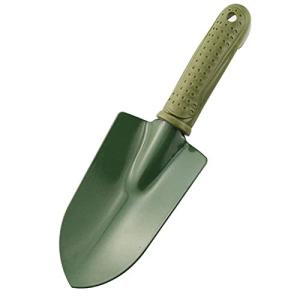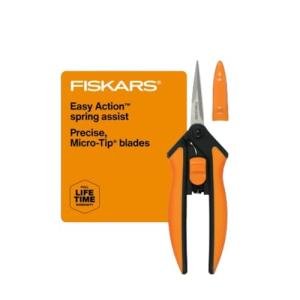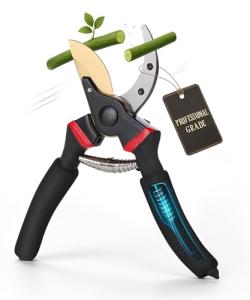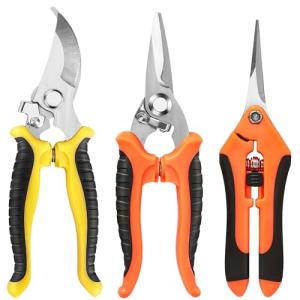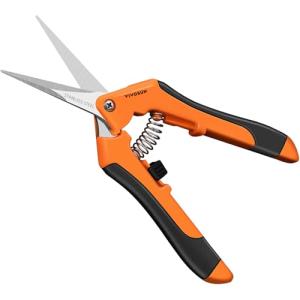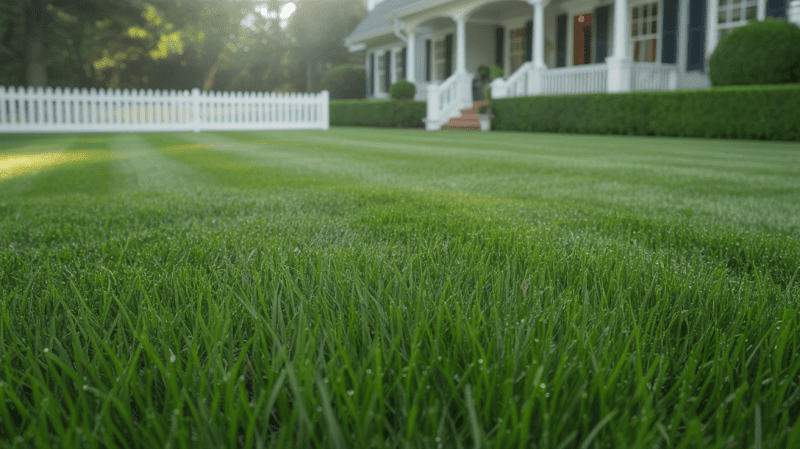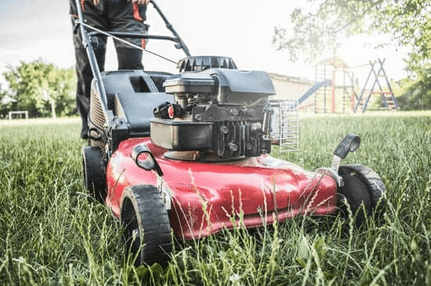Create beautiful, thriving plants without the fuss of daily watering

DIY Self-Watering Hanging Baskets
Discover the art of container gardening with DIY self-watering hanging baskets. These hanging basket designs are perfect for beginners and offer a sustainable living solution that changes your indoor and outdoor spaces. They let you grow lush, thriving plants with little upkeep.
Vertical gardening has revolutionized the way we care for plants, particularly in small spaces. Making self-watering hanging baskets is a smart and pretty way to grow plants. You can grow everything from bright flowers to tasty herbs and veggies.
Looking to brighten up your porch, balcony, or indoor spaces? These plants will bring life and color and reduce your daily watering needs. With a few simple materials and some creativity, you can create a beautiful garden that requires minimal maintenance.
Key Takeaways
-
Learn an easy DIY method for creating self-watering hanging baskets
-
Discover space-saving vertical gardening techniques
-
Reduce daily plant maintenance with innovative watering systems
-
Grow a variety of plants in compact, efficient containers
-
Enhance both indoor and outdoor living spaces with beautiful hanging gardens
Essential Materials and Tools for Self-Watering Hanging Baskets
Creating DIY self-watering hanging baskets needs careful planning and the right materials. New hydroponic systems and smart DIY garden tricks can improve garden lovers' outdoor spaces. It's important to pick the right parts so your plants grow well with little care.
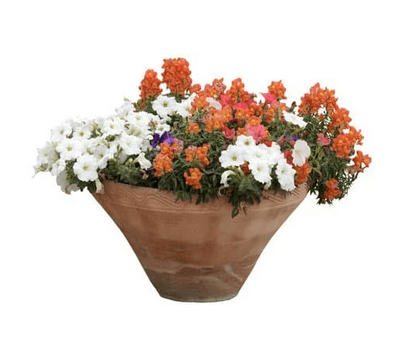
Choosing the Right Container Type
Finding the perfect hanging basket is key for good gardening. There are many choices for garden fans:
-
Plastic hanging baskets (lightweight and affordable)
-
Coconut coir-lined baskets (keep moisture well)
-
Wire baskets with hanging basket liners (great for drainage)
Required Tools and Materials
Get your gardening tools ready with these must-haves for self-watering planters:
-
Potting mix made for hanging baskets
-
Wicking materials (like cotton rope or special fabric)
-
Water reservoir container
-
Drill (for making drainage holes)
-
Measuring tape
Understanding Self-Watering System Components
A good self-watering hanging basket has three main parts:
-
Reservoir: Holds water for plants to use
-
Wicking Mechanism: Moves water from the reservoir to soil
-
Soil Separator: Keeps water away from roots
Pro tip: Think about using hanging basket kits to make things easier. Prices range from $14.99 to $109.99, catering to all budgets and garden sizes. With the right materials and methods, you'll have a lush, easy-to-care-for garden that keeps your plants healthy and well-watered.
Selecting the Perfect Plants for Your Hanging Baskets
To make stunning hanging baskets, picking the right plants is key. You want plants that thrive in small spaces and look attractive. They should also be easy to care for.
-
Apply the "rule of three" for balanced composition:
-
One cascading plant
-
One mounding plant
-
One tall, vertical plant
-
-
Select drought-resistant plants that can withstand summer heat
-
Choose varieties compatible with self-watering systems
Some great plants for hanging baskets include:
-
Trailing Verbena - heat and drought-tolerant
-
Calibrachoa - compact blooming option
-
Petunias - adaptable to various conditions
-
Sweet Alyssum - requires direct sunlight
-
Herbs like marjoram and creeping thyme
Tip for city gardeners: Mix flowers and veggies in your baskets. Strawberries and cherry tomatoes are great choices. They add beauty and fresh food to your space.
Remember, successful hanging basket plants need consistent moisture and appropriate light exposure.
Your choice of plants will make or break your hanging basket garden. Pick tough, colorful, and easy-to-care-for plants that will make your small urban space look amazing.
DIY Self-Watering Hanging Baskets: From Seed to Bloom
Making your own self-watering hanging planters combines hydroponics and traditional gardening. These projects turn simple containers into smart watering systems. They help your plants grow well with little work from you.
You must plan well and do things right to make a self-watering hanging basket. It's all about how water moves through your setup.
Creating the Self-Watering Mechanism
Start by selecting a container that suits your plants and a suitable water reservoir. Select materials that promote seed germination and healthy plant growth.
-
Select a 16" planter (cost: $7.62)
-
Choose a plastic bowl with lid (cost: $2.18)
-
Use 100% cotton fabric strips for wicking
Setting Up the Growing Medium
Your growing medium is key for good planting. Create a blend that's rich in nutrients and retains moisture well.
Here's a mix for starting seeds:
-
2 parts compost
-
2 parts coconut coir
-
1 part perlite
Installing the Wicking System
The wicking system is the heart of your watering system. Design it to maintain a steady moisture level without excessive water.
-
Mark 1 large hole for fill tube
-
Create 4 slits for fabric strips
-
Add multiple small holes for soil aeration
-
Ensure an overflow hole to prevent water buildup
With these steps, you can make hanging planters that make gardening easier. A top-notch self-watering system will cost about $123.75 for your DIY project.
Starting Seeds and Early Plant Care
Starting seeds right is key to a great garden. It's all about creating the perfect spot for seeds to grow, and gardening tips help you achieve this.
It's very important to know when to start seeds. Seeds grow best in soil that's 70-80°F. A pro gardening hack: A seedling heat mat can help seeds grow faster. Seeds usually sprout in 1 to 2 weeks, but some can pop up in just 2-3 days.
-
Pre-moisten your seed starting mix before planting
-
Use a typical mix of 70% seed starting soil, 20% organic potting soil, and 10% worm castings
-
Plant seeds 2-3 times deeper than their diameter
-
Provide 14-16 hours of bright light daily
Light is very important for seedlings. Place 4-foot fluorescent T8 grow lights close to your seedlings, adjusting them as needed as the seedlings grow. For best results, keep the lights on for about 16 hours a day.
"The secret to successful gardening is patience and attention to detail in the early stages of plant growth." - Expert Gardener.
Starting seeds for different plants has its own timing. Tomato seeds start 6-8 weeks before the last spring frost, while zucchini seeds need only 3-4 weeks indoors. Use 6-pack seedling trays, but be prepared to move the seedlings to larger spaces soon.
Watering from the bottom is a good method for indoor gardening. It helps roots grow deep and prevents too much water. You'll have a thriving garden from the start by following these steps.
Maintenance and Troubleshooting Tips
Creating low-maintenance gardens with hanging baskets needs careful care and attention. These compact gardening solutions are great for small spaces and add beauty. Knowing how to maintain them ensures your plants stay healthy all season.
There are a few key strategies for hanging basket care. The key is to keep your drought-tolerant plants healthy and vibrant. Regular checks keep your garden looking lush and productive.
Water Level Monitoring
It's important to monitor water levels in self-watering hanging baskets. Most baskets need daily water checks, especially in hot weather. Here are some tips for managing moisture:
-
Check water reservoir levels every 1-2 days
-
Ensure drainage holes remain unblocked
-
Watch for signs of under- or overwatering
Common Problems and Solutions
Hanging baskets can face several challenges that need quick action:
Seasonal Care Guidelines
Adjusting your care routine with the seasons is key to keeping hanging baskets healthy:
-
Spring: Gentle fertilization and monitoring of new growth
-
Summer: Frequent watering and weekly pruning
-
Fall: Reduce watering, prepare for plant transition
-
Winter: Protect sensitive plants or bring them indoors
With regular care, your self-watering hanging baskets will keep your space green and minimize gardening work throughout the season.
Conclusion
Creating DIY self-watering hanging baskets is a smart way to garden in the city. It combines creativity with a care for the planet. Using 2-liter bottles, gardeners can create spaces for plants that require minimal care.
Garden DIY projects are easy to start and can be made your own. They're great for growing herbs, veggies, or flowers, even if you have little space or are always busy. These baskets look good and teach us about plants and water.
Choosing this gardening method helps save water and reuse materials. It's also very rewarding to watch plants grow from seeds. Urban gardening has never been easier or more fulfilling. With a few basic items and some patience, you can make your home a green oasis.
Success in gardening comes from planning well, caring consistently, and trying new things. Your DIY hanging baskets showcase your commitment to the environment and the joy of growing your own plants, one seed at a time.
FAQ
Q: How long does it take to create a DIY self-watering hanging basket?
A: Setting up a DIY self-watering basket takes about 1-2 hours, depending on your skill level and the basket's design. Once set up, it saves a significant amount of time, making it ideal for busy individuals.
Q: Can I use this system for both indoor and outdoor plants?
A: Yes! Self-watering hanging baskets are great for both indoor and outdoor plants. They're perfect for small spaces and areas where watering is tricky.
Q: What types of plants work best in self-watering hanging baskets?
A: Plants like petunias, fuchsias, begonias, and herbs like basil and mint are ideal. Choose plants that don't need much water and grow well in containers.
Q: How often do I need to refill the water reservoir?
A: You'll need to refill the reservoir every 1-2 weeks. This depends on the plant, its size, the environment, and the size of the basket. In hot weather, you might need to refill more often. Indoor plants usually need less water.
Q: Are self-watering hanging baskets suitable for beginners?
A: Yes! They're perfect for beginners. The system maintains the soil's moisture level, making it easier to care for plants and reducing common watering mistakes.
Q: Can I build a self-watering hanging basket on a budget?
A: Yes! You can make one on a budget using recycled containers and affordable materials. It's cheaper than buying a pre-made basket.
Q: How do I prevent algae growth in the water reservoir?
A: Use dark containers, don't overfill, and clean the system often. A bit of hydrogen peroxide can also help keep algae away.
Q: What's the biggest advantage of a self-watering hanging basket?
A: The biggest advantage is that it keeps the soil moist. This helps plants grow better, reduces stress, and makes gardening easier, even when you're busy.
Q: Can I use this system for vegetable or herb gardening?
A: Yes! These baskets grow herbs and small vegetables, such as cherry tomatoes and lettuce, well. They're great for growing food in small spaces.
Q: How do I know when to replace the potting mix in my self-watering basket?
A: Replace the mix every 1-2 years or when plants start to decline. Fresh mix keeps plants healthy and prevents drainage problems.
Durable Garden Shovel and Trowel Set
Get the job done right with this tough and handy garden tool duo
Product information
$5.99
Product Review Score
4.65 out of 5 stars
78 reviewsProduct links
DISCLAIMER
This document is provided for general information purposes only and should not be relied upon as providing legal advice, technical, or specific operational guidance to the reader, whether as to the practices described in the document or the applicable legal requirements and regulations. Lawnfly.com expressly disclaims any responsibility for liability arising from or related to the use or misuse of any information in this document.
